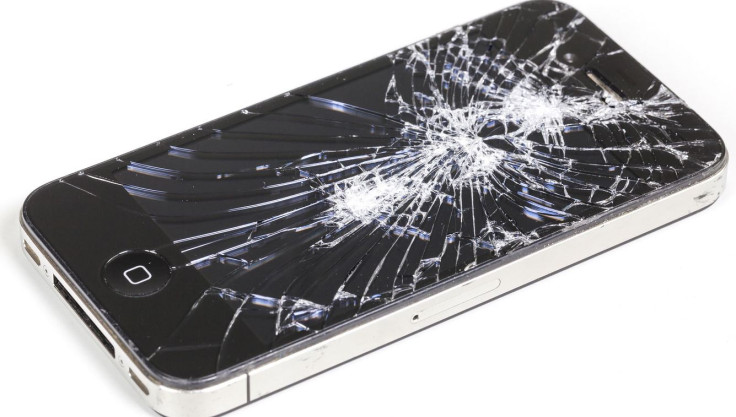No more cracked smartphones? Researchers discover 'miracle material' that is less likely to break
The new material technology combines semiconducting molecules C60 with layered materials such as graphene and hBN.

Researchers have found a "miracle material" that could be used in smartphones and tablets, putting an end to the misery of cracked screens.
A team of scientists from Queen's University, Stanford University, University of California, California State University and the National Institute for Materials Science in Japan have been working together to create new dynamic hybrid devices that are capable of conducting electricity at a faster pace and are light, durable and easy to manufacture.
The team has finally found a unique material technology by combining semiconducting molecules C60 with layered materials such as graphene and hBN. They say the concept of smart devices might see a revolution because of the new technology.
Explaining how the combination of the materials work, researchers say hBN provides stability, electronic compatibility and isolation charge to graphene, whereas C60 can transform sunlight into electricity. The smartphones and tablets made from this combination would benefit from the mix of features.
Elton Santos from Queen's University says, "Our findings show that this new 'miracle material' has similar physical properties to Silicon but it has improved chemical stability, lightness and flexibility, which could potentially be used in smart devices and would be much less likely to break.
"The material also could mean that devices use less energy than before because of the device architecture so could have improved battery life and less electric shocks."
The team believes the finding has opened the door for further exploration of new materials. However, they are still looking into resolving an issue related to the graphene and new material architecture that lack band gag.
But Santos said the team was looking at a potential solution, which is chemically stable, and has band gaps that rivals silicon.
"By using these findings, we have now produced a template but in future we hope to add an additional feature with transition metal dichalcogenides (TMDs). These are semiconductors, which by-pass the problem of the band gap, so we now have a real transistor on the horizon," Santos explained.
© Copyright IBTimes 2025. All rights reserved.





















